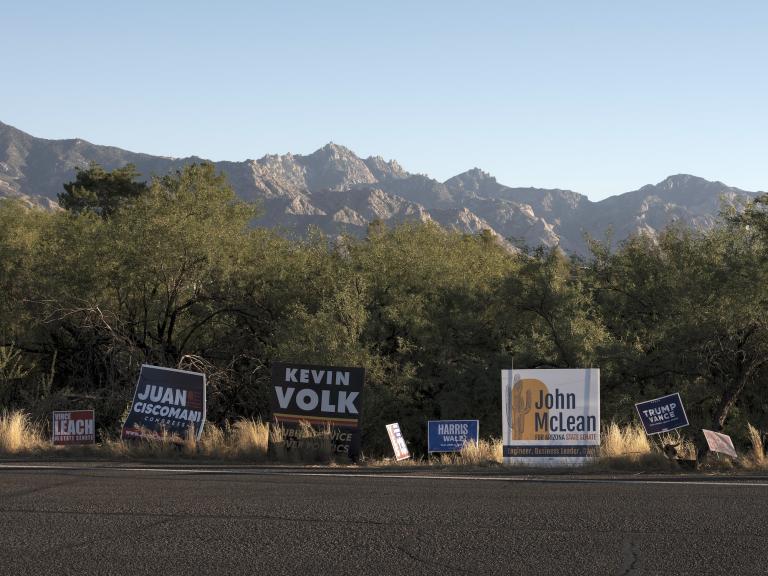Continuing with the recent spate of attention to “feebates,” Republican senator Gordon Smith from Oregon floated the feebate concept at a recent congressional hearing. Bully for him!
With gas prices as high as they are, and the security costs of ensuring North America’s petroleum supplies (think, say, of the cost of America’s military involvement in Iraq), feebates are an idea whose time has come. And Smith’s support suggests that the idea may even have some bipartisan appeal.
The basic idea of feebates is to charge car buyers an extra fee when they buy a gas guzzler, and rebate that money to people who buy efficient vehicles. The amount of the fee or rebate depends on the miles-per-gallon rating of the vehicle, compared with the average for all new cars sold. (For more details, see here).
The beauty of feebates is that they create incentives for continuous improvements to vehicle efficiency. That is, no matter how efficient the average car or truck becomes, feebates will still help boost sales of the most efficient vehicles on the market.
It doesn’t take a big feebate to have a big impact. One 1997 study found that a feebate of only $70 per rated mile per gallon would boost new-car fuel economy by about 1 percent every year. (If that study’s findings had been acted on in 1997, the average American would have saved, oh, about $100 on their gasoline budget over the past year.) Higher feebates probably would have saved consumers even more on their gas bills.
Some people are sure to see a feebate system as a new tax, but it’s really not. The government doesn’t keep any of the money (except, perhaps, for a little to administer the program). Instead, a feebate system just rejiggers market incentives a bit, and then stands back. After that, consumers and automakers figure out how best to respond to the incentives. In theory, automakers will be more inclined to offer more fuel-efficient car choices, and buyers will be more inclined to snap them up.
Of course, the devil’s in the details, and I’m sure that both auto manufacturers and car buyers will figure out ways to game the system; but they already do that with CAFE standards — which, despite their flaws, have helped raise fuel efficiency from where we were in the 1970s.

